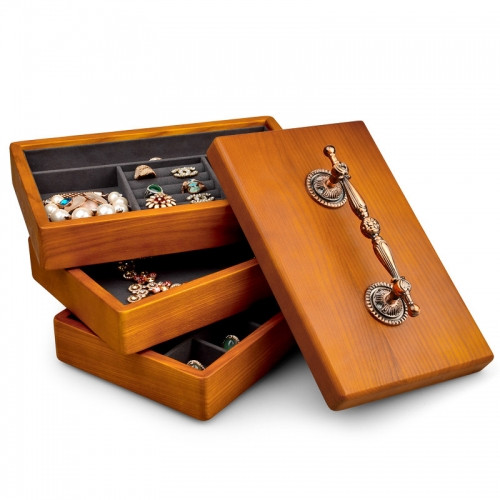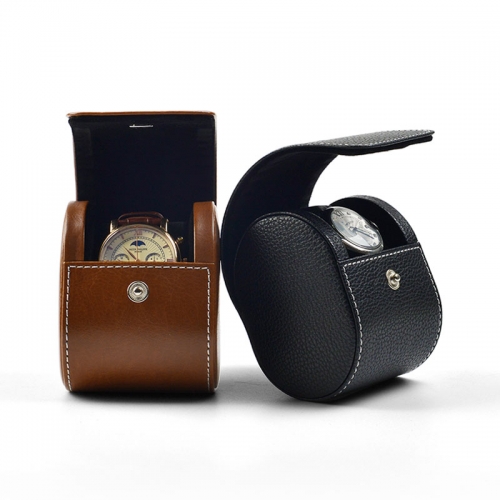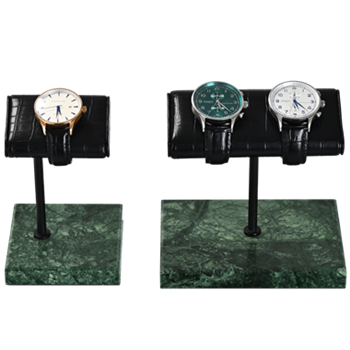Prerequisites Of Jewelry Display
It seems that there is no accurate benchmark for judging whether the display is good or bad. Generally speaking, it is judged by impression and feeling. Thinking from the customer's point of view, a good display is a good display, which is also a feeling. Taking a closer look, what is beneficial to customers? If it is not specifically stated, it cannot be used to judge the quality of the display in the selling factory.
How to plan your own display when you can't judge whether it is good or bad? If you just imitate the display of other jewellery stores, you will also not know where to start because you don’t know what is good and what is bad. Even if you know some small display skills, if you don't understand the necessary conditions for display, you can't use these skills properly.
The basic conditions that must be met for display include the following 6 items:
(1) Displays that are easy to see
Thinking logic:
A. The display must be easy to see.
B. If it is not easy to be seen, the customer will not know the value of the product.
C. If the customer does not know the value of the product, they cannot agree with the value of the product.
D. The value of the product is not recognized by the customer, indicating that the display is invalid.
E. Why? Because display is a means for customers to recognize the unique value of the product.
Determinants that are easy to see:
1. Brightness
2. Height (effective display range)
3. Display type (vertical display, forward three-dimensional display, etc.)
4. Removal of obstacles (removal of dead ends, etc.)
5. Jewelry display props (display stands, other props, etc.)
(The bright arrangement that matches the seasonal celebration can attract the attention of customers.)
(2) Displays that are convenient for purchase
The convenience of shopping is to allow customers to know where the products are located even without asking the clerk, so that customers can judge the difference in the value of different products and make their own purchases.
Decisive factors to facilitate purchase:
1. Commodities are classified
2. Classification through physical partitions (partitions, props)
3. The classification that customers know only by looking at the product
4. The arrangement of categories is in order (use, size, price, color, etc.)
5. The basis of classification is consistent with the customer
(The divider on the display stand allows customers to distinguish the types of goods at a glance.)
Width range that is convenient for purchase:
The width of the human field of vision is about 120 degrees. When customers stand on the aisle of the store, they can see a clearer range of about 1.5~2.0m. Therefore, in principle, it is generally believed that the range of a single classification is best in a display rack within this range.
(3) Convenient display
If the product is not easy to get, the customer will not be able to confirm its value. Products that are hard to get, naturally, it is not easy for customers to have the urge to buy.
Determining factors that are convenient for access:
1. Display type: forward (three-dimensional) display, etc.
2. Jewelry display props: open props (commodities in closed display cabinets are difficult to access)
3. The height and depth of the display: too high or too deep will make it difficult for customers to get it
4. A sense of peace of mind: after taking it, it will not fall or destroy the display of the shape
(4) A good display
The messy and unclean display will make the quality of the goods decline.
Determinants of favorability:
1. A sense of cleanliness (dirt, dust, first-in first-out, handling of damaged products, etc.)
2. A sense of unity (top shelf, POP, props, etc.)
3. Entertainment (seasonal arrangement, providing life information, etc.)
(5) A rich display
Without a powerful display, the power to push products to customers is weak. Goods must be displayed in order to convey its value to customers.
Determinants of richness:
1. Display volume
2. Number of items (comparable quantity of products)
3. A sense of continuity
4. Three-dimensional
(Collect various types of commodities with similar uses, and arrange them with special colors and special area names, so that customers can feel the richness of such commodities in the store)
(6) Simple display (efficient display)
Even if it is a very rich and popular display, it will be useless if it takes a lot of manpower and time. Therefore, although we mentioned that we must devote ourselves to the streamlining of display methods (cost) at the end of the basic conditions of display, in fact, the streamlining of display methods (cost) is closely related to the aforementioned basic conditions.
Simple decision elements:
1. Easy to be seen
2. Convenient to purchase
3. Convenient to take
For the display that meets the above elements, the shop assistants are easier to organize and replenish, and it takes less time to find the products.
Although all the basic conditions necessary for the display mentioned above are taken for granted, the actual implementation of these take-for-sense matters is precisely the starting point for making the display better.













